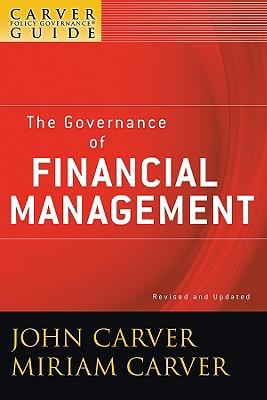Question
Question 15 Securities with returns that lie above the security market line are overvalued. True False Question 16 The security market line (SML) graphs the
Question 15
-
Securities with returns that lie above the security market line are overvalued.
True
False
Question 16
-
The security market line (SML) graphs the expected relationship between
Business risk and financial risk
Systematic risk and unsystematic risk
Risk and return
Systematic risk and unsystematic return
None of the above
Question 17
-
A friend has information that the stock of Zip Incorporated is going to rise from $62.00 to $65.00 per share over the next year. You know that the annual market return has been 10% and the 90-day T-bill rate (risk free rate of return) has been yielding 6% per year over the past 10 years. If beta for Zip is 0.9, will you purchase the stock?
[Formula: Required Rate of Return using CAPM = Risk free rate + Market risk premium * Beta]
Yes, because it is overvalued
Yes, because it is undervalued
No, because it is undervalued
No, because it is overvalued
Yes, because the expected return equals the estimated return
Question 18
-
The geometric mean of a series of returns is always larger than the arithmetic mean, and the difference increases with the volatility of the series
True
False
Question 19
-
Two measures of the risk premium are the standard deviation and the variance.
True
False
Question 20
-
The ability to sell an asset quickly at a fair price is associated with
Market risk.
Financial risk.
Exchange rate risk.
Liquidity risk.
Business risk.
Question 21
-
In the phrase "nominal risk free rate," nominal means
Market.
Computed.
Historical.
Average.
Risk adverse.
Question 22
-
Given investments A and B with the following risk return characteristics, which one would you prefer and why?
Standard Deviation
Investment
Expected Return
of Expected Returns
A
12.2%
7%
B
8.8%
5%
Investment A because it has the highest expected return.
Investment B because it has the lowest coefficient of variation.
Investment B because it has the lowest absolute risk.
Investment A because it has the lowest relative risk.
Investment A because it has the highest coefficient of variation.
Question 23
-
Measures of risk for an investment include
variance of returns and business risk.
coefficient of variation of returns and financial risk
business risk and financial risk.
variance of returns and coefficient of variation of returns.
variance of returns and economic risk.
Question 24
Which of the following is NOT a component of the risk premium?
| business risk | ||
|
unsystematic market risk
| ||
| financial risk | ||
| liquidity risk | ||
| exchange rate risk |
Question 25
-
The ____ the variance of returns, everything else remaining constant, the ____ the dispersion of expectations and the ____ the risk.
Larger, greater, lower
Larger, smaller, higher
Larger, greater, higher
Smaller, greater, lower
Smaller, greater, greater
Question 26
-
Suppose you bought a GM corporate bond on January 25, 2001 for $750 and sold it on January 25, 2004 for $650.00.
What was your annual holding period return?
0.8667
0.1333
0.0333
0.9534
0.0466
Question 27
-
In an event study the objective is to
determine whether it is possible to predict stock prices.
determine how fast stock prices adjust to news.
examine the cross-sectional distributions of returns.
conduct a time series analysis of returns.
determine normal P/E ratios.
Question 28
-
According to contrary opinion technicians, the ratio of mutual funds cash to total assets ____ near troughs in the market cycle and ____ near peaks.
levels out, spikes
remains low, remains high
is published near, is not published
increases, decreases
decreases, increases
Question 29
The January anomaly refers to the phenomenon where stock prices
| decline in December. | ||
| decline in January. | ||
| rise in January. | ||
| decline in December and rise in January. | ||
| rise in December and decline in January. |
Question 30
-
An advantage of technical analysis over fundamental analysis is that technical analysis
has an increased amount of data that allows the analyst to process the information.
can more thoroughly investigate accounting information.
adjusts for differences in GAAP accounting procedures across the industry.
can capture non-quantifiable variables such as psychological factors.
can capture variables such as macroeconomic factors.
Step by Step Solution
There are 3 Steps involved in it
Step: 1

Get Instant Access to Expert-Tailored Solutions
See step-by-step solutions with expert insights and AI powered tools for academic success
Step: 2

Step: 3

Ace Your Homework with AI
Get the answers you need in no time with our AI-driven, step-by-step assistance
Get Started


